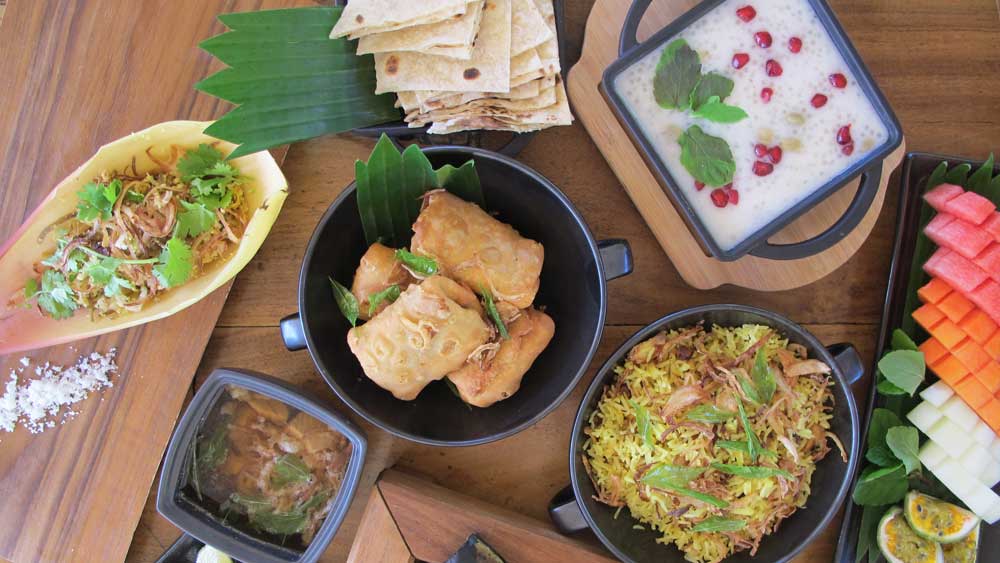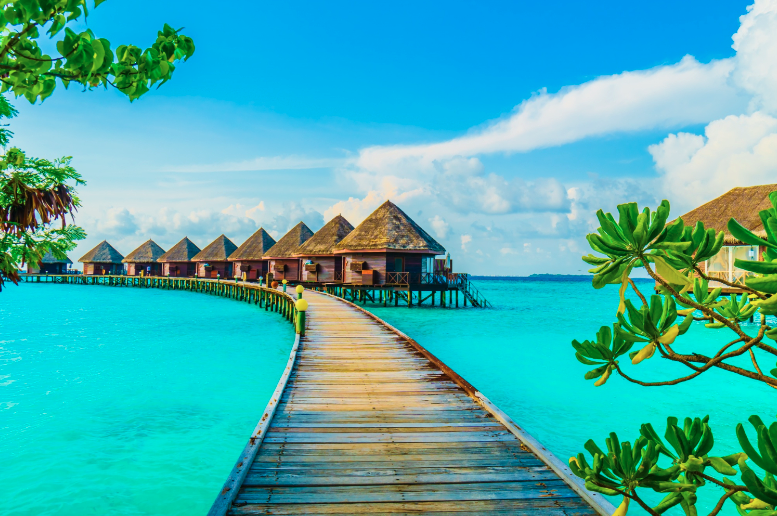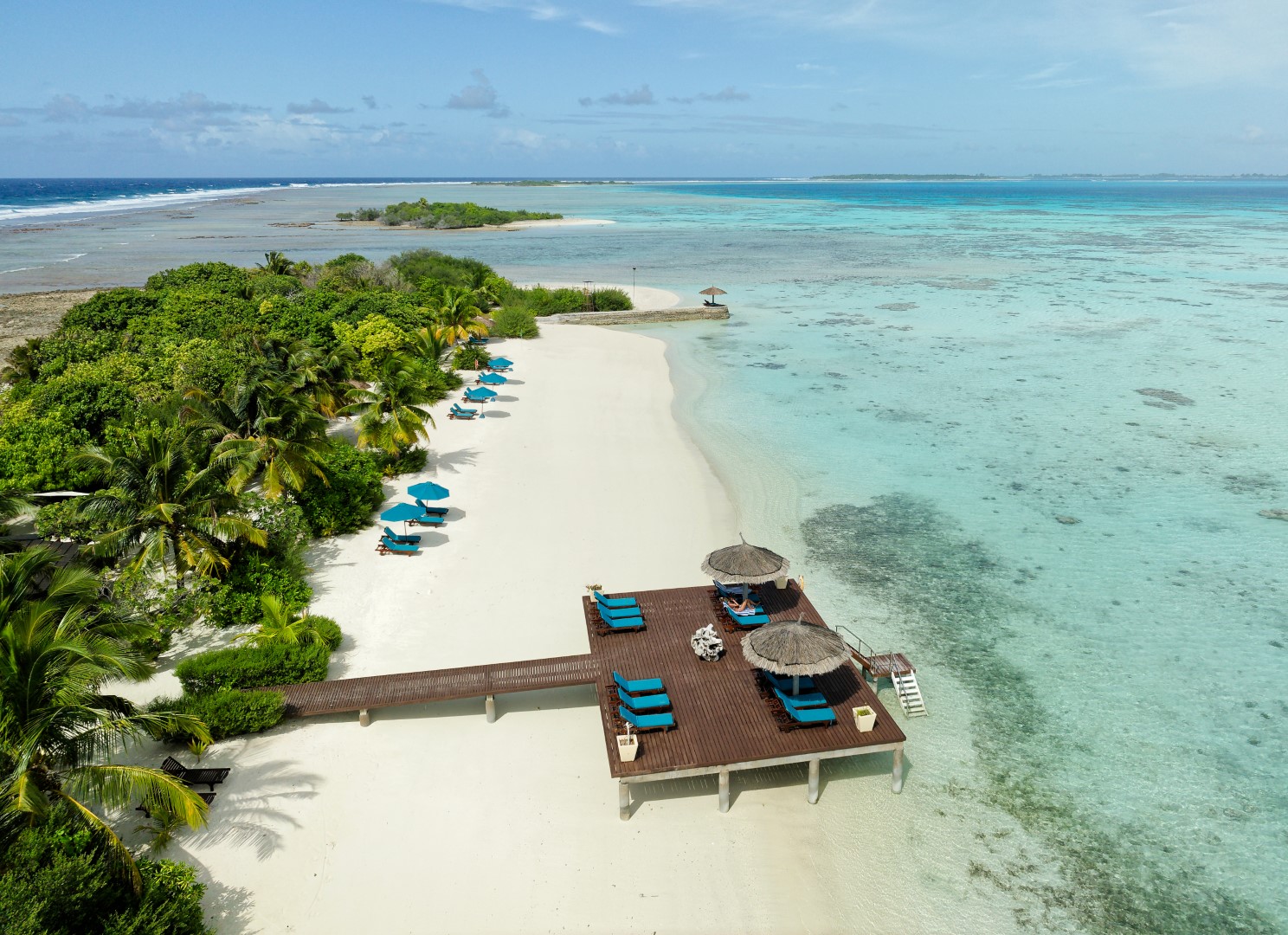Food in Maldives: 12 Dishes You Need To Try
When people hear the word Maldives, their mind goes instantly to white sandy beaches, clear oceans and colourful corals. All these things that have to do with the island life and all it entails. In this article, we’ll be talking about something else, something the foodie in you will appreciate.
Maldivian cuisine is something that everyone deems fantastic. Most of the dishes tourists experience come from the various resorts scattered across the country. While those dishes taste great and are indicative of Maldivian cuisine, resort food isn’t the true Maldivian culinary experience.
You can find authentic Maldivian food in the various islands where the locals live. If you ever decide to spend your holiday in Maldives, make it a point to stay on a local island and try out the local food. Even the capital Male’ is a great place to scout for Maldivian food. With that, let’s take a look at the food in Maldives and the dishes you need to try!
Breakfast, Lunch and Dinner
Food in Maldives took inspiration from Indian and Sri Lankan cuisine and made tastes of their own. With access to a multitude of herbs and spices, Maldivian food will have your taste buds dancing in joy. Here are some meals Maldivians eat on a daily and semi-daily basis.
1. Garudhiya
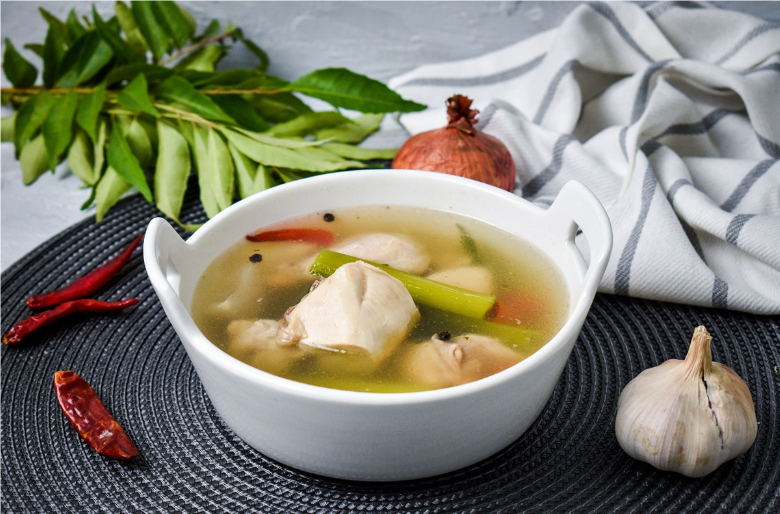
Garudhiya is a type of clear curry, made with chilli, black peppers, tuna chunks, garlic and ginger. It can also be viewed as a soup, with it being consumed by itself or with rice which is the most popular pairing for this curry. Maldivian roshi (roti / chapathi) is also used to eat garudhiya.
The dish also gets a few condiments paired up with it, such as lonumirus (chilli paste), thelli faiy (fried moringa leaves) and even sardines among many others. These are the more popular ones and can be added to taste with any combination that pleases your palette.
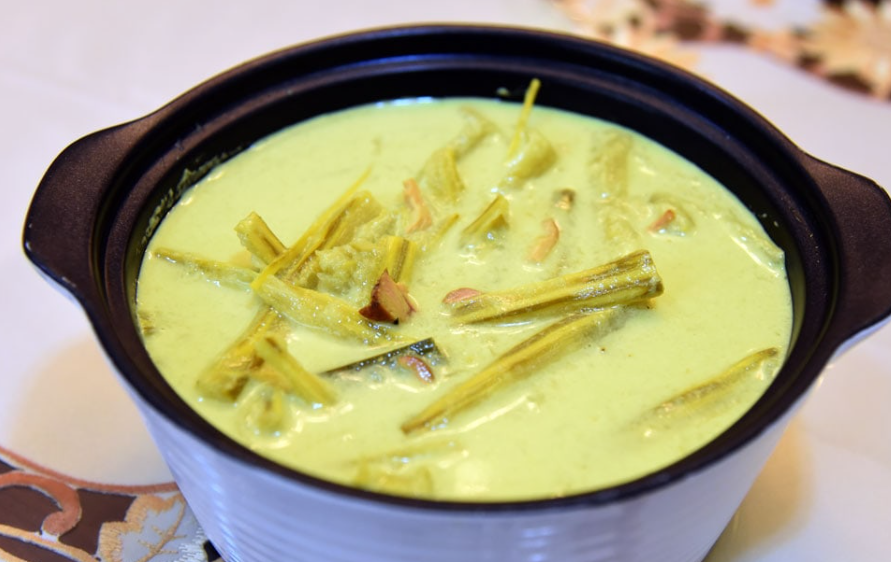
There’s another variation of garudhiya called kiru garudhiya, which is just about the same dish but with milk / coconut milk added into the mix. It tastes just as good and is a variation you should try as well.
2. Rihaakuru
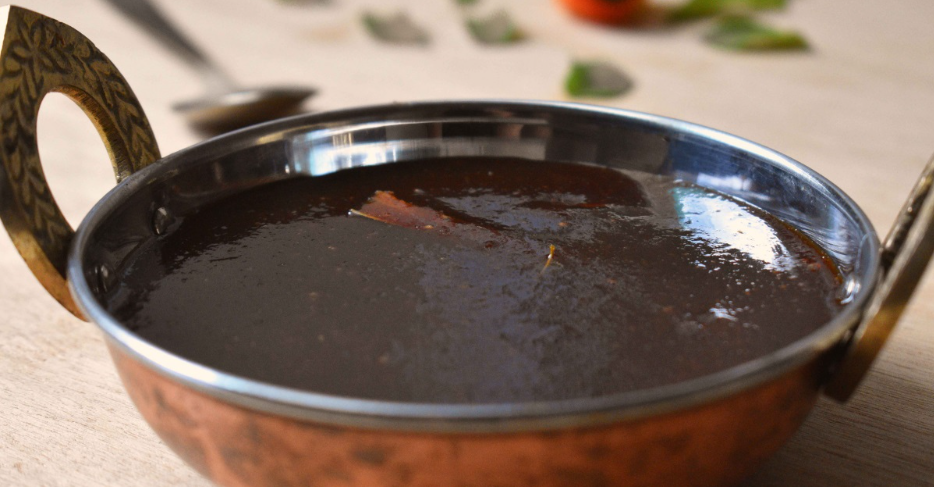
A local favourite that’s been around for ages, rihaakuru can only be described as a dark, thick, spicy paste. It is made by cooking fish in water and salt for quite a few hours. Rihaakuru becomes the end product after the rising scum gets scooped up and separated. It is kept on the stove until the soupy mixture evaporates and is left with the paste.
Rihaakuru by nature can be considered spicy to some, but its flavour can be altered slightly. By adding chilli paste to make it spicier or adding a dash of lemon to tone down the heat, it can be adjusted to suit your spice levels. Rihaakuru is eaten primarily by mixing it with rice or by dipping roshi into it.
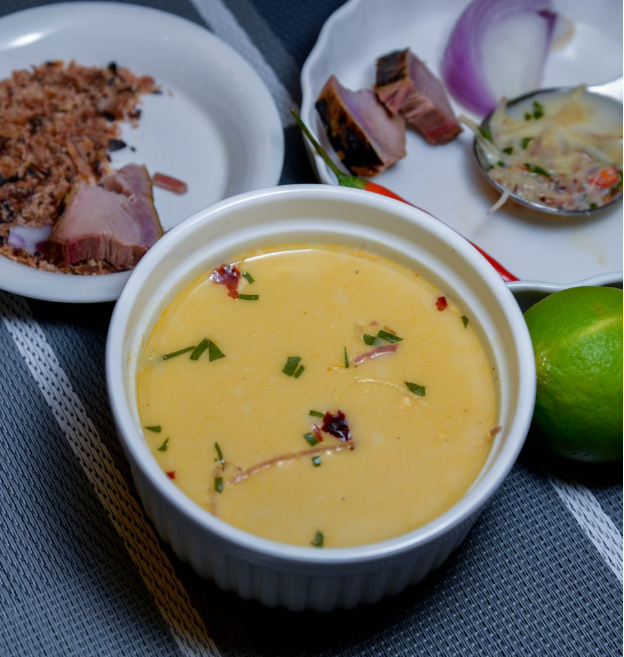
There’s also a more curry, soupy variation of rihaakuru. By simply adding milk / coconut milk, this dark paste becomes a milky relative, altering the taste slightly but being just as good. It can be eaten with rice or roshi as well. This dish is known as Rihaakuru Dhiya.
3. Mas Riha
Mas Riha can be directly translated into fish curry. Its main ingredient is fish, along with others such as scotch bonnet, cardamom, curry leaves, garlic, ginger and a boatload of others. By carefully combining, separating and mixing certain sets of ingredients at specific times, you get the delicious and infectious mas riha.
A staple in Maldivian cuisine, mas riha serves as an amazing baseline to a healthy Maldivian diet. This curry can be eaten with rice and roshi as well, all up to personal preference. The spice level of the curry can be set during cooking by moderating the amount of chilli being added in. The more chilli there is, the redder the curry.
There’s a variation for mas riha as well, known as kukulhu riha. It’s basically the same dish, with fish being switched out for chicken if you so prefer.
4. Mas Baiy
Mas Baiy is an absolute favourite amongst Maldivians. This dish is usually prepared on Friday’s to be eaten at lunch, right after Friday prayers. Rice is the glue that holds this dish together, with tuna, coconut milk and various herbs and spices added in.
The end product is a rice that has a yellow tint, with a gentle level of spice which can be modified to taste of course. This dish is served with a variation of rihaakuru known as thelli rihaakuru. It’s basically rihaakuru with scotch bonnet, garlic, onions and chillies, giving it that extra kick.
Mas Baiy is eaten in one hand while there’s usually something else in the other. Try having a bite of cucumber along with your meal to see how it impacts your taste buds.
5. Mashuni
Another fan favourite, a staple in the Maldivian diet. Mashuni is typically eaten for breakfast by Maldivians all over, due to its ease in preparation and delicious taste.
Tuna is the main ingredient, which gets mixed with onion, scotch bonnet, salt and a lot of the time, coconut shavings. It’s eaten primarily with roshi and is the go-to breakfast for Maldivians. There are tons of variations of mashuni such as Barabo (pumpkin) Mashuni, Thoraa (sponge gourd) Mashuni, Kopeefaiy (collard greens) Mashuni and much more.
6. Mugu Riha
This one’s for the vegetarians. Mugu Riha is basically dhal curry and is made without any sort of meat. It is eaten with roshi or rice, depending on what you’re in the mood for. For a more full taste of the mugu riha, try roshi as each scoop is filled to the brim with this yellow miracle.
Mugu Riha is made primarily with coconut milk, very little spice to make the dhal shine, along with some other herbs and spices. This dish offers a generous boost in energy to combat the midday blues, as its health value is almost second to none.
Tea Time Snacks
In the previous section we talked about fully fledged meals. A glimpse into what Maldivian food is like for breakfast, lunch and dinner. What about snacks? Or even tea time cuisine? They’ve got food for each time of the day so let’s dive right in and see what tea time food in Maldives is like!
Tea time in Maldives is usually any time between 4pm to 6pm but tea time snacks are available at local eateries throughout the day.
1. Boakibaa
Boakibaa is also at the top of Maldivian food and has a place in the heart of all people in this country. Boakibaa is a savoury snack and is basically known as fish cake in English. It’s usually made over a skillet, with the ingredients having slight variations across the country, while still maintaining its signature taste. Some are thick, some are thin, some are spicier than others and some are more on the chewy end rather than soft.
Boakibaa also has a sweet variant known as Foni Boakibaa (‘foni’ meaning sweet, can also be called Condensed Milk Cake). This variation doesn’t have fish in it, despite it having the same name.
2. Gulha
This ball of dough covering a mixture of fish, onions, chilli, coconut shavings and other ingredients comes in two variations. They’re either soft or hard but both are good. After the dough ball is made, it’s fried in oil for a short time and taken out to get rid of the oil before serving.
If you’re feeling adventurous, lightly dip your gulha in rihaakuru for a burst of flavour. This works with any other Maldivian snack too!
3. Katlas
The katlas (cutlet) is made in a similar way to the gulha, with one big difference. After the fish mixture is put into a ball of dough, it gets covered in breadcrumbs and then gets fried. This gives it a nice, soft texture, much softer than both variations of the gulha.
The cutlet has a variation as well, the bis katlas (egg cutlet). A hard boiled egg is cut into half, thirds or quarters (depending on the person making it) and is thrown into the tuna mixture. The rest of the process is the same and what you have is a much longer and denser katlas. The bis katlas is a nice way to get your daily egg intake!
4. Bis Keemiyaa
Another eggy snack, Bis Keemiyaa (Maldivian egg rolls) are a snack that has eggs, onion, cabbage and various spices in it. It gets folded up into a square and fried to get a light, crunchy texture.
The egg is hard boiled and diced into tiny pieces before being added into the cabbage mixture. Vegetarian friendly and extremely delicious.
5. Bajiyaa
The Maldivian samosa known as bajiyaa, comes with various fillings. Some people like putting in tuna, coconut shavings, onions, chilli, spices and what not. Others like to replace tuna with potato for a more vegetarian friendly option. Either way, the bajiyaa is a deliciously crunchy triangle that’s been fried to perfection.
Some people tend to fry the bajiyaa longer or not as long as others, to try and get the level of crunchiness they desire. There’s also a variation of the bajiyaa that doesn’t get fried and has a much softer shell after being cooked. Try and see if you can find both and give them a taste!
6. Mas Roshi
Mas Roshi (tuna and coconut cake) is a round piece of heaven that varies in size and thickness. It’s a piece of dough that has a mix of tuna, coconut shavings, salt, pepper and lots of other ingredients that gets slightly flattened before being made.
Depending on the cook, the bread itself can either be very thick or thin, changing the intensity of the flavours lingering inside. Some people also make them incredibly big while others might opt for a more bite sized option. Both taste amazing and are worth trying out.
The meals and snacks in this article can be found all over Maldives, whether it’s the capital Male’ or the various other islands all around. These can be classified as some of the most common and best examples of true Maldivian cuisine, with even more Maldivian food available everywhere.
If you do decide to stay at a resort, consider taking a day trip to one of the close-by islands. An island trip is a must to see and experience what island living is truly like.

